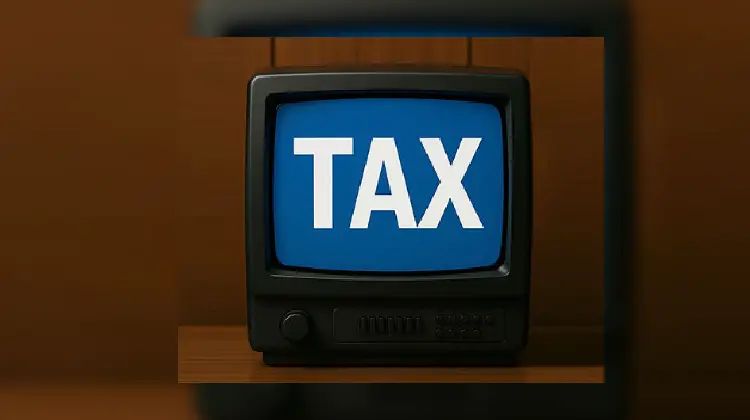A recent decision by the Supreme Court has sent ripples of concern throughout the Indian broadcast industry, already grappling with declining advertising revenues, intense competition from OTT platforms, and stagnant subscription growth. The apex court has upheld the authority of both the central and state governments to impose separate taxes on Direct-to-Home (DTH) and cable television services, paving the way for dual taxation that could significantly impact pricing, distribution, and consumption of TV content nationwide.
The ruling emerged from a protracted legal battle, specifically addressing whether DTH services should be subject to taxation by both the Union and state governments. In its verdict on Union of India vs. State of Tamil Nadu & Others (2024), a bench comprising Justices B.V. Nagarathna and N. Kotiswar Singh clarified that DTH services inherently involve both the transmission of content (a service, falling under central jurisdiction) and the viewing of entertainment (a state subject). Consequently, the court affirmed that the levy of service tax by the Centre and entertainment tax by the states can legally coexist.
While the judgment aligns with constitutional principles, industry experts are voicing strong concerns about its potential ramifications on the ground. They fear increased cost pressures, particularly for regional players with limited financial and legal resources, and anticipate that the ultimate burden of this dual taxation will likely fall on the consumers.
Tanu Banerjee, a Partner at Khaitan & Co., predicts that broadcasters and cable operators will likely re-evaluate their pricing strategies. The added compliance and tax burdens may diminish the appeal of discounted bundled packages and a-la-carte channels, potentially leading to leaner offerings or “premium” pricing to offset the increased costs.
Echoing this sentiment, Varun Ramdas, Senior Manager at Koan Advisory, questioned the logic of treating television as a luxury in today’s India, where it has become a widely accessible medium. He highlighted the contradiction between TRAI’s efforts to regulate channel prices for affordability and the court’s upholding of taxes that imply it’s a luxury.
Siddharth Chandrashekhar, an Advocate at the Bombay High Court, while explaining the legal basis of the decision under Article 246 of the Constitution, also pointed out the practical challenges. He warned that dual taxation would escalate compliance costs and litigation risks, severely impacting the cash flow of smaller and regional broadcasters, potentially leading to consolidation or shutdowns – a form of “regulatory-induced Darwinism.” He also noted that OTT platforms, not similarly affected, might gain an advantage by attracting price-sensitive consumers.
The potential consequences for consumers include higher subscription fees, fewer discounts, and constrained content choices, especially in regional language segments, impacting affordability in price-sensitive rural and semi-urban markets.
Experts caution that if no relief is provided, the way TV is packaged and priced could fundamentally change, with channel bundles shrinking, discounts disappearing, and monthly bills rising, potentially accelerating the shift of viewers towards OTT platforms and reshaping the entertainment landscape.
Key Highlights:
- The Supreme Court has ruled that both central and state governments can impose separate taxes on DTH and cable TV services.
- Industry experts fear this dual taxation will lead to higher costs for broadcasters and consumers, potentially shrinking margins and limiting content choices.
- Small and regional broadcasters are expected to be particularly vulnerable to increased compliance costs and potential consolidation.
- The ruling might inadvertently favor OTT platforms as traditional TV services become more expensive.

